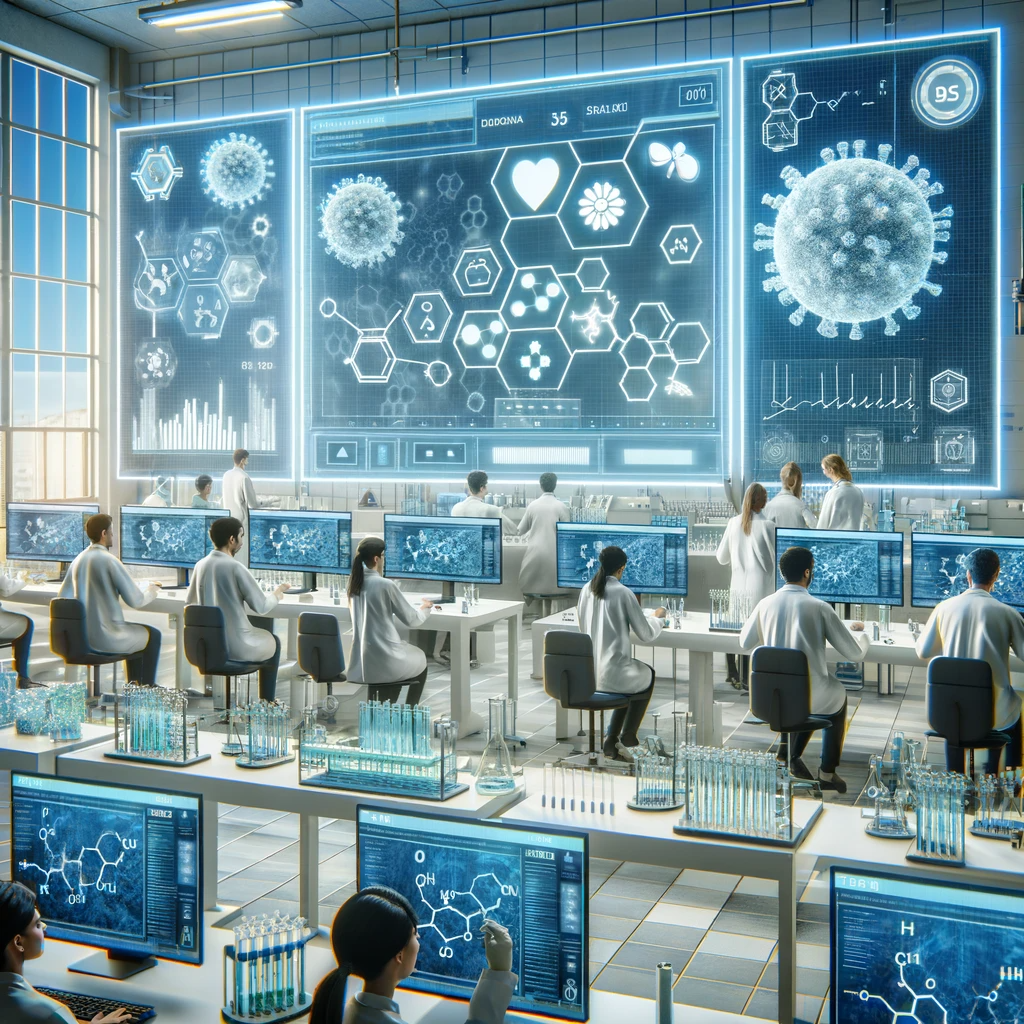In our rapidly evolving world, the critical intersection of technology and environmental stewardship has come sharply into focus. Among the myriad challenges we face, the urgent need to revolutionize the packaging industry stands out. Traditional packaging methods, heavily reliant on materials like plastics, are increasingly untenable in a world grappling with environmental crises. This pressing issue calls for innovative solutions, and Artificial Intelligence (AI) emerges as a promising beacon in this quest. AI, with its remarkable capabilities to learn, adapt, and optimize, holds the potential to transform the packaging industry into a model of sustainability. This article aims to explore the dynamic role of AI in crafting innovative, environmentally friendly packaging solutions. We will delve into how AI can address the complex demands of sustainability, efficiency, and practicality in packaging, potentially reshaping our approach to consumption and waste management. The journey ahead is both challenging and exciting, and it starts with reimagining the future of packaging through the lens of AI technology.
The Challenge of Sustainable Packaging
The quest for sustainable packaging is a response to a growing environmental crisis. Current packaging methods, dominated by single-use plastics and non-recyclable materials, have led to severe ecological consequences. Our oceans are littered with plastic waste, and landfills continue to grow, releasing harmful emissions. The challenge is clear: we need packaging solutions that are not only eco-friendly but also economically viable and practical for widespread use. The transition to sustainable packaging is imperative for environmental conservation, yet it’s fraught with complexities. Manufacturers grapple with the demands of durability, cost, and consumer preferences while striving to minimize environmental impact. This delicate balance is where AI’s potential comes to the forefront.

Fundamentals of AI in Industry
Artificial Intelligence, in its simplest form, involves machines mimicking human cognitive functions. It’s about machines learning from experiences, adapting to new inputs, and performing human-like tasks. In various industries, AI has been a game-changer. From optimizing supply chains to personalizing customer experiences, AI’s applications are vast and diverse. Its core strengths lie in its ability to process large datasets, identify patterns, and make informed decisions. This capability is invaluable in industries like packaging, where nuanced considerations of materials, design, and environmental impact converge.
AI in the Development of Sustainable Packaging
In sustainable packaging, AI’s role is multifaceted and profoundly impactful. AI algorithms can analyze complex data regarding materials, manufacturing processes, and life cycle impacts to develop more sustainable packaging designs. For instance, AI can optimize the thickness and strength of packaging materials, ensuring resource efficiency while maintaining product safety. Forward-thinking companies are already harnessing AI to create breakthroughs in biodegradable and compostable packaging options, reducing reliance on harmful plastics. AI’s predictive analytics also aid in supply chain optimization, ensuring minimal waste in production and distribution.
Challenges and Limitations of AI in Packaging
Despite its potential, the integration of AI in sustainable packaging is not without challenges. The complexity and cost of AI technologies can be prohibitive, especially for smaller businesses. There’s also a skills gap; the intricacies of AI require specialized knowledge that is currently scarce. Ethically, the environmental impact of AI itself, such as the energy consumed in running large data centers, cannot be overlooked. Additionally, the technology is still evolving. Its current limitations may restrict the scope of its applications in complex environmental issues like sustainable packaging.

Future Prospects
Looking ahead, the prospects of AI in sustainable packaging are bright. Technological advancements are rapid, and as AI becomes more sophisticated and accessible, its applications in sustainable packaging are expected to grow exponentially. Supportive government policies and a growing corporate emphasis on sustainability can further accelerate this trend. The integration of AI with emerging materials and technologies opens up exciting possibilities for innovation in packaging.
As we conclude our exploration of the potential of Artificial Intelligence in revolutionizing sustainable packaging, it’s clear that AI stands at the forefront of an ecological transformation. The journey from traditional, environmentally harmful packaging to innovative, sustainable solutions is complex and challenging. However, AI’s remarkable capabilities – from analyzing and optimizing material use to predicting the lifecycle impacts of packaging – offer a beacon of hope.
AI’s strength lies in its ability to process vast amounts of data, learn from it, and apply these learnings to create efficient, eco-friendly packaging solutions. This technology has the potential to drive significant reductions in waste, optimize resource use, and lead to the development of new, biodegradable materials. The cases and examples we’ve explored illustrate that AI isn’t just a theoretical solution; it’s already beginning to make tangible impacts in the packaging industry.
However, this journey isn’t without its hurdles. The implementation of AI in sustainable packaging requires overcoming challenges such as high costs, technological complexities, and ethical considerations regarding AI’s own environmental footprint. Moreover, the evolving nature of AI technology means continuous adaptation and learning are essential.
Looking forward, the prospects are optimistic. With advancements in AI technology, supportive policies, and a growing emphasis on corporate sustainability, we can expect to see a significant expansion in the use of AI in sustainable packaging. This evolution will not only contribute to environmental conservation but also pave the way for innovative practices across industries.
In balancing technological advancement with environmental stewardship, AI emerges not just as a tool but as a vital ally. It represents a bridge between current practices and a more sustainable, efficient, and environmentally conscious future. As we embrace this technological revolution, AI’s role in developing sustainable packaging solutions stands as a testament to our commitment to a greener, more sustainable world.
